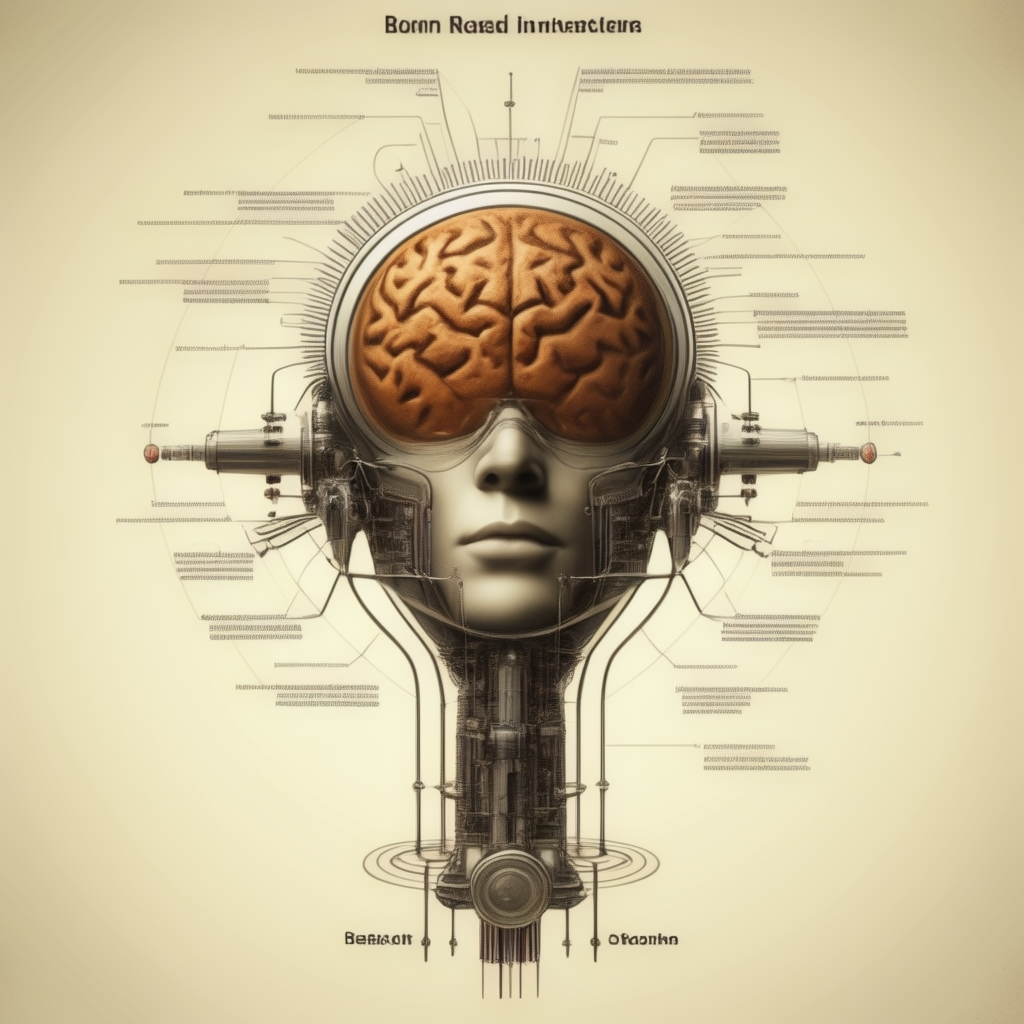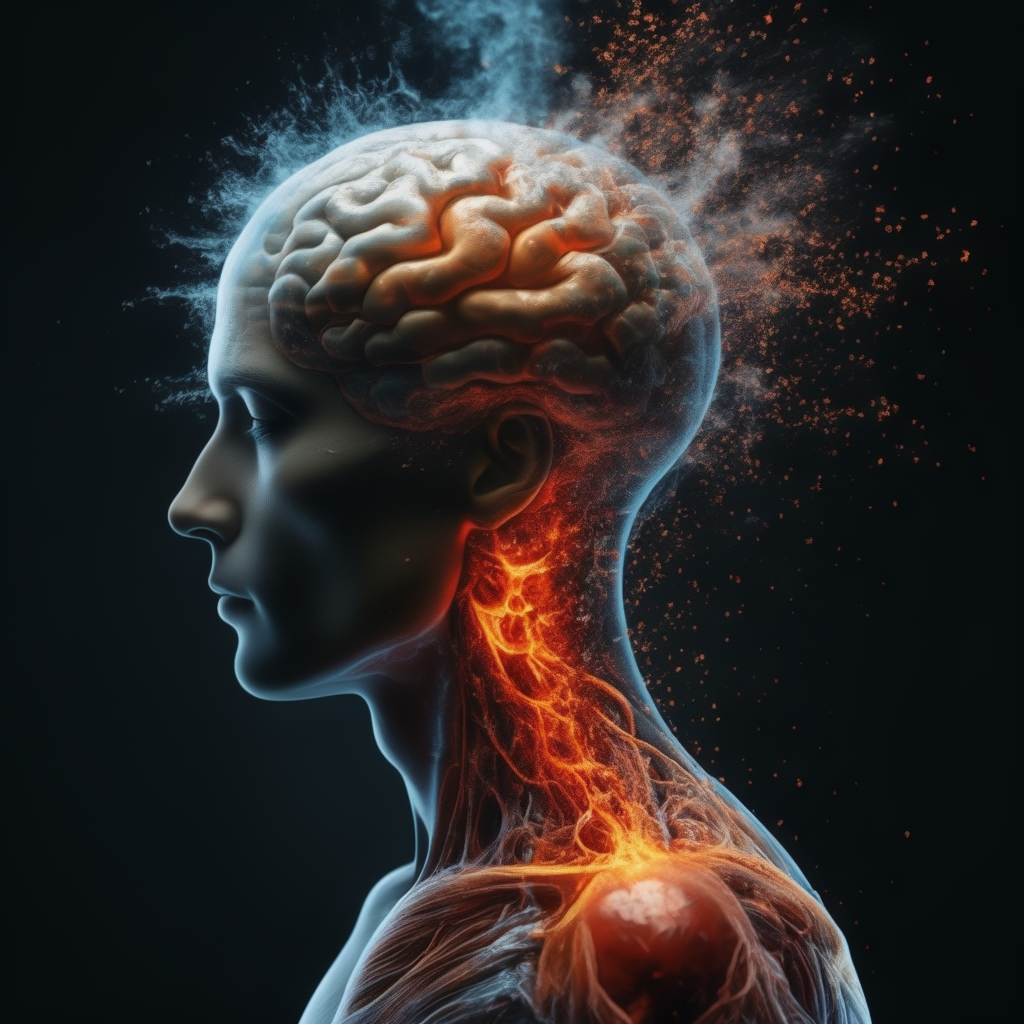Artificial Intelligence (AI) is a field that encompasses a wide range of techniques and methods to enable machines to perform tasks that typically require human intelligence. Probability theory plays a crucial role in AI, offering a framework to handle uncertainty, make informed decisions, and model complex real-world scenarios. In this blog post, we’ll dive deep into the world of probability in AI and explore how it shapes the way machines learn, reason, and interact with their environment
1. Introduction to Probability in AI
- Defining Probability: Probability is a mathematical concept that measures the likelihood of events occurring. In AI, it’s used to represent and reason about uncertainty in various scenarios.
- Why is Probability Essential in AI?: AI often deals with incomplete or noisy data. Probability helps in quantifying uncertainty and making informed decisions when facing incomplete information.
- The Role of Uncertainty in AI: Many real-world problems involve uncertainty, and AI systems need to account for it. Probability allows AI models to handle this uncertainty effectively.
2. Bayesian Networks: Modeling Uncertainty
- What are Bayesian Networks?: Bayesian networks are graphical models that represent probabilistic relationships between variables. They are used to model uncertainty and make inferences.
- Probability Distribution in Bayesian Networks: Bayesian networks use conditional probability distributions to represent the dependencies between variables.
- Inference in Bayesian Networks: Inference in Bayesian networks involves calculating probabilities of unobserved variables given observed evidence. This is crucial for decision-making and prediction.
3. Machine Learning and Probability
- Probabilistic Models in Machine Learning: In machine learning, probabilistic models are used to capture uncertainty in data. Examples include Gaussian Naive Bayes, Hidden Markov Models, and Bayesian linear regression.
- Bayesian Machine Learning: Bayesian machine learning methods use probabilistic approaches to model parameters and make predictions, offering a more principled way to handle uncertainty in model parameters.
- Gaussian Processes and Probabilistic Graphical Models: Gaussian processes are used for regression and modeling non-linear relationships, while probabilistic graphical models offer a way to represent complex probabilistic relationships among variables.
4. Monte Carlo Methods: Handling Complexity
- What are Monte Carlo Methods?: Monte Carlo methods are a class of computational algorithms that use randomness to solve problems. They are applied in AI to handle complex, high-dimensional spaces.
- Applications of Monte Carlo Methods in AI: They are used in sampling, integration, optimization, and Bayesian inference, enabling approximations for challenging problems.
- MCMC (Markov Chain Monte Carlo) in Bayesian Inference: MCMC techniques are essential for sampling from complex probability distributions, making them valuable in Bayesian inference, where we seek to estimate posterior distributions.
5. Deep Learning and Probability
- Introduction to Deep Learning: Deep learning is a subfield of machine learning that focuses on neural networks with many layers. Probability is integrated into deep learning models to account for uncertainty.
- Probabilistic Deep Learning Models: These models, such as Variational Autoencoders and Bayesian neural networks, incorporate probability to provide uncertainty estimates along with predictions.
6. Natural Language Processing (NLP)
- The Role of Probability in NLP: NLP tasks, like language generation and understanding, rely on probabilistic models to estimate the likelihood of sequences of words.
- Language Modeling and Probabilistic Context: Language models estimate the probability of a word given its context, allowing AI to generate coherent and contextually relevant text.
- Machine Translation and Speech Recognition: In NLP applications like machine translation and speech recognition, probability is used to select the most likely translations or transcriptions.
7. Reinforcement Learning: Making Decisions under Uncertainty
- Reinforcement Learning Basics: Reinforcement learning is about training agents to make sequences of decisions. Probability is used to model uncertainty and select actions that maximize expected rewards.
- Markov Decision Processes: These are used to model sequential decision-making problems, incorporating probabilistic transitions and rewards.
- Q-learning and Policy Gradient Methods: These are popular reinforcement learning algorithms that use probability to select actions and update policies.
8. Applications of Probability in AI
- Healthcare: Probability is used for predictive modeling, disease diagnosis, and patient risk assessment.
- Finance: In finance, probability is crucial for risk assessment, fraud detection, and portfolio optimization.
- Autonomous Vehicles: AI in autonomous vehicles relies on probabilistic sensor fusion and decision-making for safe navigation.
9. Challenges and Limitations
- Overfitting and Underfitting in Probabilistic Models: Probabilistic models can still suffer from overfitting and underfitting, affecting their generalization.
- Data Quality and Uncertainty: Poor data quality can introduce uncertainty, which must be managed by AI systems.
- Scalability Issues in Probabilistic AI: Handling complex
 models can be computationally expensive.
models can be computationally expensive.
10. Future Directions
- The Evolution of Probabilistic AI: Ongoing research is focused on improving the integration of probability in AI and developing more advanced probabilistic models.
- Quantum Computing and Probabilistic Modeling: Quantum computing may provide new tools for probabilistic modeling.
- Ethical Considerations in AI and Uncertainty: AI developers must address ethical concerns related to uncertainty and decision-making.
13. Probabilistic Robotics
- Simultaneous Localization and Mapping (SLAM): In robotics, SLAM algorithms use probability to estimate the robot’s position and map its environment in real-time, accounting for sensor noise and uncertainty.
- Sensor Fusion: Robots often integrate data from multiple sensors, each with its own uncertainty. Probability theory helps fuse this sensor data to make accurate decisions.
14. Anomaly Detection
- Fraud Detection: In the financial sector, probability-based anomaly detection methods are essential for identifying unusual and potentially fraudulent transactions among the vast number of legitimate ones.
- Network Intrusion Detection: In cybersecurity, probability models are used to detect anomalies in network traffic and identify potential security breaches.
15. Probabilistic Graphical Models in Computer Vision
- Object Recognition and Tracking: Probabilistic graphical models, like Conditional Random Fields (CRFs), are employed for object recognition and tracking in computer vision tasks, considering contextual information.
- Image Segmentation: Probability-based techniques are used for image segmentation, distinguishing objects in images based on pixel-level likelihood.
16. Sequential Data Modeling
- Time Series Analysis: Probability is fundamental in modeling and forecasting time series data, which is vital in various domains, including finance, climate science, and predictive maintenance.
- Recurrent Neural Networks (RNNs): RNNs are used in sequential data tasks and are often combined with probabilistic models to capture temporal dependencies.
17. Trust and Interpretability
- Explainable AI (XAI): Ensuring trust in AI systems requires making their decision-making processes interpretable. Probability can help provide uncertainty estimates, enhancing the transparency of AI models.
- Ethical AI: Using probability, AI systems can provide ethical considerations and transparency regarding the confidence level of their predictions, especially in critical applications like healthcare and criminal justice.
18. Model Evaluation and Cross-Validation
- Measuring Model Performance: Probability-based metrics like log-likelihood or Brier score are used to evaluate the quality of probabilistic models.
- Cross-Validation: Cross-validation techniques, including K-fold cross-validation, help estimate model performance while considering data uncertainty.
19. Monte Carlo Tree Search (MCTS) in Games
- AI in Board Games: In games like chess and Go, MCTS employs probabilistic sampling to estimate the value of different game positions, guiding the AI’s decision-making.
20. Uncertainty in Natural Language Generation
- Generating Diverse Text: Probabilistic language models are used to introduce diversity in natural language generation tasks, allowing AI to produce a range of possible responses.
- Summarization and Abstractive Text Generation: In summarization, AI systems use probability to identify the most salient information. In abstractive text generation, they generate new text probabilistically.
21. Hyperparameter Tuning with Probabilistic Methods
- Bayesian Optimization: Probability-based methods are used to optimize the hyperparameters of machine learning models. Bayesian optimization models the objective function probabilistically, allowing for efficient hyperparameter search.
- Uncertainty-Aware Model Selection: Probabilistic models can provide uncertainty estimates for different model choices, helping in the selection of the most appropriate model for a given task.
22. Quantum Computing and Probabilistic Sampling
- Quantum Annealing: Quantum computers can perform probabilistic sampling and optimization tasks more efficiently than classical computers. They have the potential to revolutionize AI by accelerating probabilistic modeling.
23. Reinforcement Learning and Probabilistic Policies
- Stochastic Policies: In reinforcement learning, agents often use stochastic policies that sample actions from a probability distribution. This introduces exploration and allows the agent to learn better policies.
- Exploration-Exploitation Tradeoff: Probability helps agents balance exploration and exploitation when making decisions in uncertain environments.
24. Causal Inference with Probability
- Causal Bayesian Networks: These models enable AI systems to reason about causal relationships among variables, crucial in fields like epidemiology, economics, and healthcare.
- Counterfactual Reasoning: Probability is used to estimate what would have happened under different conditions, facilitating counterfactual analysis.
25. Probabilistic Programming
- Probabilistic Programming Languages: These languages, such as Pyro and Stan, allow AI developers to express probabilistic models more naturally. They enable modeling complex scenarios with ease.
- Inference Engines: Probabilistic programming languages often come with advanced inference engines for estimating posterior distributions.
26. Natural Language Understanding
- Semantic Role Labeling: Probability-based models are employed to assign semantic roles to words in sentences, helping AI understand the meaning and structure of language.
- Named Entity Recognition: In this task, AI systems use probabilistic models to identify and categorize named entities, such as names of people, organizations, and locations, in text.
27. Bayesian Neural Networks
- Probabilistic Deep Learning: Bayesian neural networks incorporate probability into neural networks, allowing them to capture uncertainty in model parameters. This is essential in scenarios with limited data.
- Uncertainty Quantification: Bayesian neural networks provide uncertainty estimates for their predictions, which is valuable in applications like autonomous driving and medical diagnosis.
28. Anomalies and Outliers Detection
- Time Series Anomalies: Probability-based methods are used to detect anomalies in time series data, such as sensor readings in industrial systems.
- Outliers in High-Dimensional Data: Probabilistic models are applied to identify outliers in high-dimensional datasets, which is a challenging problem in data analysis.
29. Probabilistic Ontologies and Knowledge Representation
- Uncertainty in Knowledge Graphs: Probabilistic ontologies allow representing knowledge with associated probabilities, acknowledging the uncertainty in real-world information.
- Probabilistic Reasoning in AI Assistants: AI personal assistants like Siri or Alexa use probabilistic models to understand user queries and generate responses, considering multiple possible interpretations.
30. Probabilistic Reasoning in Game Theory
- Strategic Decision-Making: In game theory, probability is used to model the uncertainty associated with the actions and strategies of other players.
- Mixed Strategy Equilibria: Probability distributions over strategies are employed to find equilibria in games, enhancing the predictive power of AI in strategic interactions.







